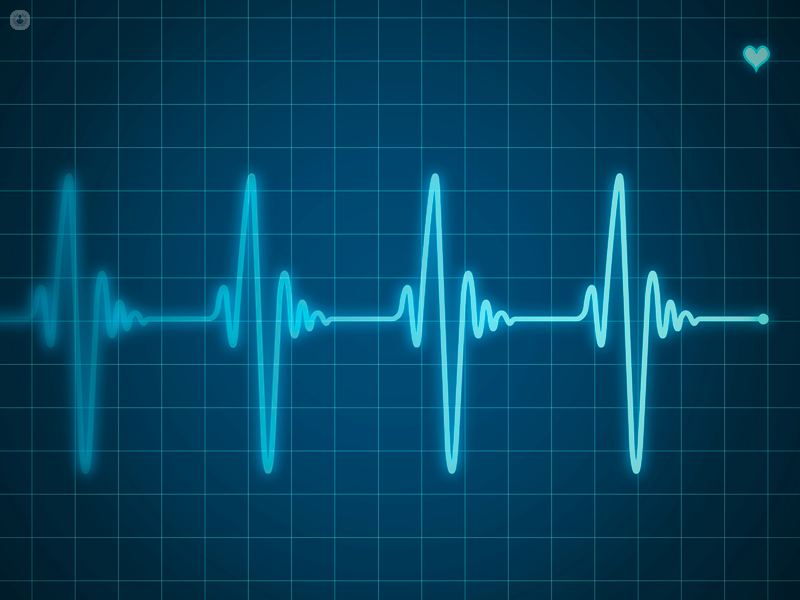Valvuloplasty
What is a valvuloplasty?
The heart has four valves, which determine the pathway of blood flow through the heart. The mitral and tricuspid valves are located between the atria and the ventricles, whilst the aortic valve and the pulmonary valve are found between the ventricles and the arteries leaving the heart. Heart valve repair or valvuloplasty is a surgical technique used to fix defects in heart valves without replacing them.
A cardiologist will carry out this procedure.

What is a valvuloplasty for?
Heart valve repair is done when there is a defect in heart valves, which can lead to potential cardiac, respiratory and vascular complications. Heart valve defects can be caused by stenosis (narrowing) or by an anatomical abnormality of the valve itself. Symptoms of heart valve defects can include:
- Chest pain
- Dizziness
- Palpitations
Once complete, blood flow should improve and your symptoms should reduce.
How does a valvuloplasty work?
Heart valve repair surgery is a minimally invasive surgery, where a catheter is inserted through the femoral artery (in your groin), reaching the narrowed heart valves. Depending on which condition needs to be addressed, the valves will be replaced, or a balloon will be inflated to treat the stenosis. You are usually awake during this procedure, but will be given an intravenous sedation to help you relax before the procedure.
How can I prepare for a valvuloplasty?
Before the procedure you should inform your doctor of any medications you are taking and if you are aware of any allergies to contrast medium as this is used in this procedure. You will also need to fast for a certain period before the procedure, which your doctor will inform you about. If you have a pacemaker, you will also need to inform your doctor.
Post-operative care:
After the procedure is completed, you will remain in hospital for several hours in bed resting. If you are experiencing any pain you will be given pain killers. You will be advised to drink plenty of water. Your blood pressure will be measured following the procedure as well. It is not uncommon to stay overnight in hospital following a valvuloplasty. Once home it is important to keep an eye on the wound where the catheter was inserted. If there is any pain, bleeding or swelling, call you doctor. It is important to keep this wound clean and dry.
Other treatment options:
Here are some additional details about other treatment options, particularly valve replacement:
Valve replacement: Valve replacement is a surgical procedure where the damaged or defective heart valve is removed and replaced with an artificial valve or a biological valve.
There are two main types of valve replacements:
a. Mechanical valve replacement: Mechanical valves are made from durable materials such as metal or carbon. They have a longer lifespan but require the patient to take blood-thinning medications (anticoagulants) for the rest of their life to prevent blood clots from forming on the valve. Regular monitoring of blood clotting times is necessary.
b. biological valve replacement: Biological or tissue valves are derived from animal tissues, typically porcine (pig) or bovine (cow) valves. They do not require lifelong blood-thinning medications, but they may have a shorter lifespan and may need to be replaced in the future.
Transcatheter aortic valve replacement (TAVR): TAVR is a less invasive procedure used primarily to replace a damaged aortic valve. Instead of open-heart surgery, a catheter is inserted through a blood vessel, usually in the leg, and guided to the heart. The new valve is then implanted inside the old valve, pushing it aside. TAVR is often a suitable option for patients who are considered high-risk for traditional open-heart surgery.


